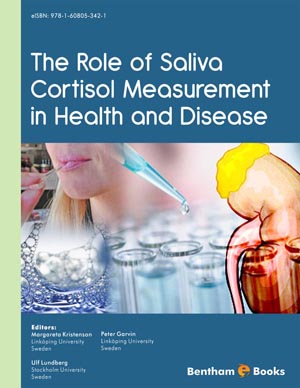Abstract
This chapter systematically reviews how different measures of salivary cortisol are related to different measures of psychosocial work stress. Divergent findings were scrutinized with respect to study quality and the methods used. Measures of work stress included concepts reflecting those included in the demand-control-support model or the effort-reward-imbalance model. General bibliographic databases (PsychINFO and PubMed) were searched up to September 30, 2009. Two reviewers extracted data on study characteristics and study quality. In total 27 articles fulfilled the inclusion criteria. Cortisol measures were grouped into single time points at different times during the day, deviations at different time periods during the day, reactivity and recovery after a standardized laboratory test, area under the curve from deviations and reactivity measures. A large proportion of the analyses of the associations between cortisol and psychosocial work stressors showed nonsignificant findings. However, of the significant findings, most results showed that a high work stress was associated with high cortisol levels. Significant relationships were evenly distributed across different measures of psychosocial work stress. As regards salivary sampling or statistical analysis, no strategy seemed superior but some strategies have only been used in the past few years. Typically, older studies were of lower quality. Low quality studies tended to have a higher proportion of significant findings which is a reason for concern. The relatively few significant findings may be because many psychosocial work stressors were of mild or moderate intensity and the study groups were rather small and fairly homogeneous, thus variability was too small to reveal any effects. The results indicate a normal, healthy response to work stress in most workers, according to CATS and the Allostatic Load Models.
Keywords: Salivary cortisol, working adults, psychosocial work stress, work load, job strain, job demands, job control, effort, reward, social support.





















